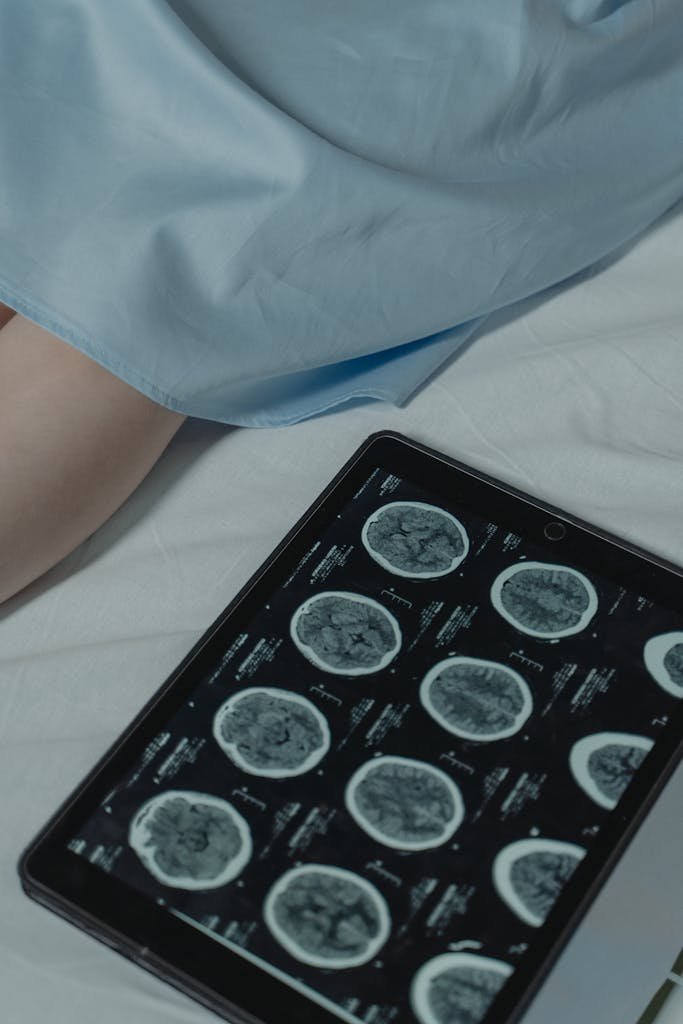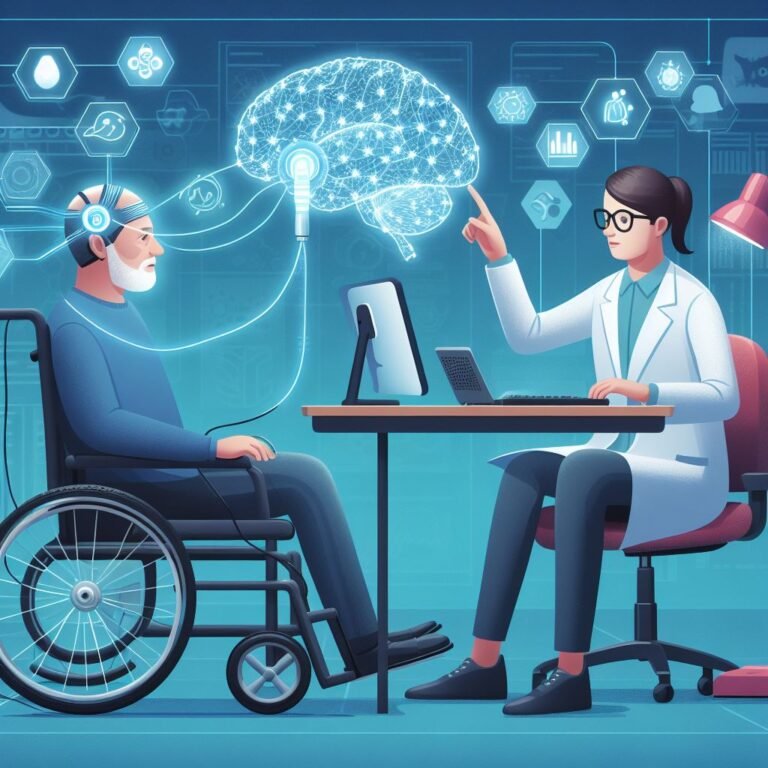Lesson Plan: Exploring Non-Invasive Brain-Computer Interfaces (BCIs) for High School Students

Lesson Plan: Exploring Non-Invasive Brain-Computer Interfaces (BCIs) for High School Students
Objective:
By the end of this lesson, students will understand the concept of Non-Invasive Brain-Computer Interfaces (BCIs), their applications, and the potential impact they have on society.
Duration:
Two 45-minute class periods
Materials:
- Computer with internet access
- Projector
- Videos on non-invasive BCIs (e.g., TED Talks, educational videos)
- Whiteboard and markers
Lesson Outline:
Introduction to Non-Invasive Brain-Computer Interfaces (BCIs)
- Start the lesson by asking students if they have heard of BCIs and what they know about them.
- Define Non-Invasive BCIs: A technology that enables communication between the brain and an external device without the need for surgical implantation.
- Discuss the advantages of non-invasive BCIs, such as ease of use and reduced risk compared to invasive methods.
Understanding How Non-Invasive BCIs Work
- Explain the different types of non-invasive BCI technologies, such as Electroencephalography (EEG), Functional Near-Infrared Spectroscopy (fNIRS), and Magnetoencephalography (MEG).
- Discuss how these technologies capture brain signals and translate them into commands for external devices.
- Show videos or animations that demonstrate how non-invasive BCIs can be used for tasks like controlling robotic limbs and typing with the mind.
Applications of Non-Invasive BCIs
- Present real-world examples of non-invasive BCI applications, such as:
- Brain-controlled gaming interfaces
- Assistive communication devices for people with disabilities
- Neurofeedback systems for cognitive training and rehabilitation
- Discuss the potential impact of non-invasive BCIs on improving accessibility and enhancing human-computer interaction.
Challenges and Limitations
- Discuss the challenges and limitations of non-invasive BCIs, such as:
- Lower signal quality compared to invasive methods
- Noise and interference from external sources
- Limited control and precision in certain applications
- Encourage students to consider ongoing research and development efforts to address these challenges.
Ethical and Social Implications
- Lead a discussion on the ethical considerations surrounding the use of non-invasive BCIs, such as privacy concerns, data security, and the potential for misuse.
- Encourage students to critically evaluate the societal implications of widespread adoption of non-invasive BCI technology and propose strategies for responsible development and use.
Hands-On Activity: Brainwave Visualization
- Divide students into small groups and provide them with EEG headsets or simulation software.
- Instruct students to perform simple tasks (e.g., relaxation exercises, mental arithmetic) while recording their brainwave activity.
- Have students analyze their data and discuss how non-invasive BCIs could interpret these signals to control external devices.
Reflection and Conclusion
- Have students reflect on what they learned about non-invasive BCIs and their potential impact on society.
- Facilitate a class discussion where students share their insights and perspectives on the topic.
- Summarize the key concepts covered in the lesson and encourage further exploration of non-invasive BCI technology.
Homework Assignment:
- Ask students to research a specific non-invasive BCI application in their area of interest (e.g., healthcare, gaming, education) and write a short essay discussing its benefits, challenges, and potential impact.
Assessment:
- Assess students’ understanding through class participation, the quality of their brainwave visualization analysis, and the depth of their reflections in the homework assignment.
For more articles related to technology, please browse around InnoVirtuoso and find more interesting reads.







